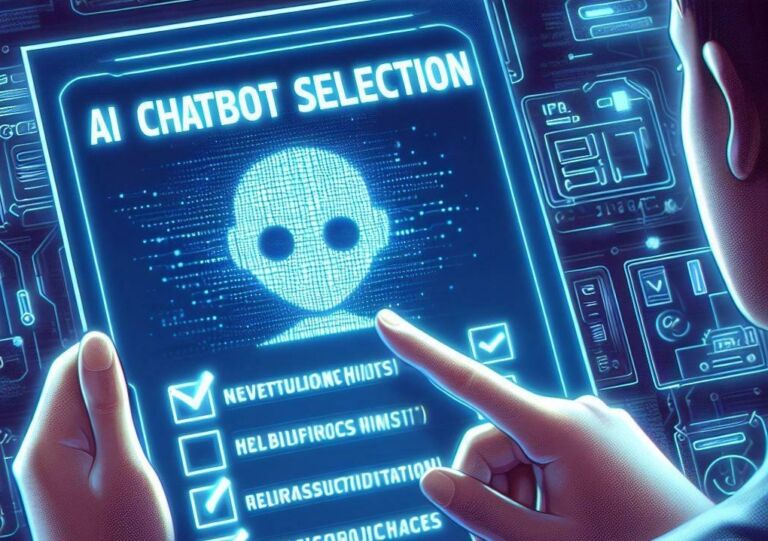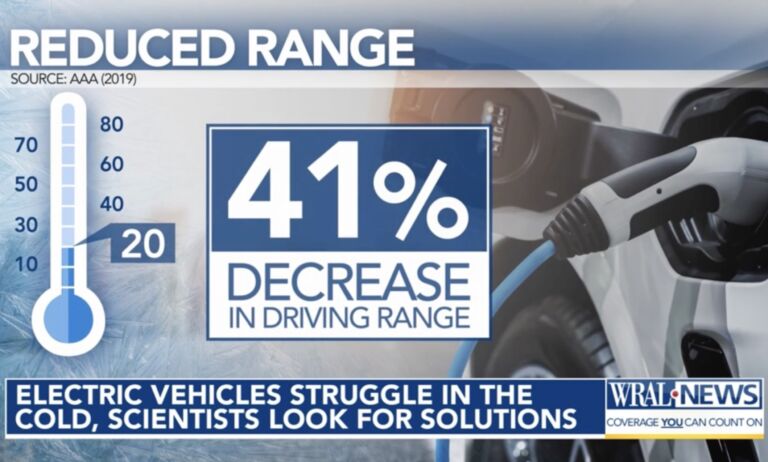It had to happen. Verne Kopytoff reports for the latest Fortune magazine about an all-too-predictable consequence of innovation in the realm of driverless cars.
Until recently any would-be innovator with a driver’s license and some verve could cruise down California’s streets and highways in a self-driving car. But in September a new state law took effect that requires anyone experimenting with the futuristic system on public roads to get a permit. It’s the latest step by regulators to catch up to an emerging technology that is determined to put the status quo in the rearview mirror.
It wasn’t that long ago that autonomous vehicles seemed more like science fiction than reality: Sit back, relax, and let software and sensors handle the job. In truth, today’s cars already incorporate the concept in limited ways, from cruise control (the version we know today was born in 1948) to parking assist (first commercialized by Toyota in 2004). But fully autonomous vehicles? Those are a different story. A number of companies have developed self-driving cars, most notably Google, which has been testing them on public streets since 2009.
It will be years before fully autonomous vehicles are a mainstay of the American home, but that’s not stopping legislators from stepping into the fray. Whatever rules government imposes on the vehicles can have a huge impact on whether the nascent industry ultimately flourishes or fails.
A quick prediction: The rules will end up benefiting those who know how to work the political process most effectively, rather than benefiting the public at large.


